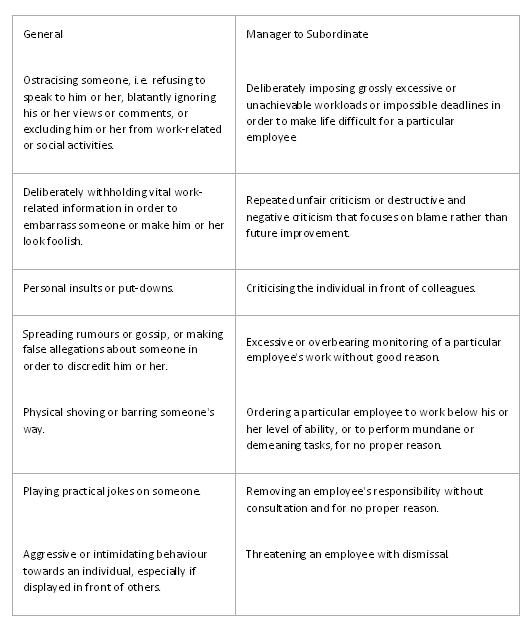Keeping yourself knowledgeable and up to date about the latest in employment law isn’t easy when you’re running a business. Instead, you can rely on me to help you remain legally compliant. So here is my summary of a few of the topics we discussed at last month’s Employment Law Workshop:
Zero Hours Contracts
A zero hours contract is helpful for new businesses as they become established, and small businesses. However, it’s important to remember that employees under a zero hours contract are also entitled to the same statutory rights as any other employee, such as annual leave, sickness, termination, and so on. Even if they don’t work many hours.
Despite the fact that an employer is not obliged to provide work under a zero hours contract, the employee is required to accept it when it is offered and, arguably, this is sufficient to amount to mutuality of obligation.
ICO Fees from May 2018
Since GDPR was introduced, it is a legal requirement for all organisations to pay an annual data protection fee to the ICO (Information Commissioner’s Office).
There are three tiers of fee payments that are dependent on your organisation’s size and turnover. Some organisations, such as charities and small occupational pension schemes, only need to pay £40 regardless of size and turnover. The tiers are as follows:
- Tier one – £40 annual fee
- Organisations with a maximum turnover of £632,000, or ten or fewer staff
- Charities
- Small occupational pension schemes
- Tier two – £60 annual fee
- Organisations that do not fall into tier one and have a maximum turnover of £36 million, or 250 or fewer staff
- Tier three – £2,900 annual fee
- Organisations that do not fall into tiers one or two, and that have a turnover of over £36 million, and more than 250 staff
To register with the ICO, find out more and pay your fee, click here.
No Right to Work in the UK
When recruiting, it’s essential to thoroughly check the candidate’s right to work in the UK. This involves checking and taking copies of documents such as passports, proof of address, proof of residence, etc. It’s important that you see the original documents and that they are valid. Throughout this process, be careful not to discriminate against anyone based solely on their race.
Gov.uk says to check that:
- The documents are genuine, original and unchanged, and belong to the person who gave them to you
- The dates for the applicant’s right to work in the UK have not expired
- Photos are the same across all documents and look like the applicant
- Dates of birth are the same across all documents
- The applicant has permission to do the type of work you’re offering (including any limit on the number of hours they can work)
- For students, you see evidence of their study and vacation times
- If two documents give different names, the applicant has supporting documents showing why they’re different, such as a marriage certificate or divorce decree.
Remember that the original permission to work in the UK can expire, so it’s important to make regular checks on your current employees – you could face civil or criminal penalties if you’re found to be employing people who do not have the right to work in the UK.
The Gov.uk website provides some useful guides to help employers do this.
Christmas Parties – Preventing Problems whilst Having Fun!
It’s always good to have work parties, both for the fun and to celebrate the season, and also to help keep morale high whilst rewarding staff for a good year. But parties are not always without their problems. Costing on average around £50 per head, I always recommend that an Office Party policy should be drawn up to set expectations on behaviour. Key points should be:
- Christmas celebrations should be viewed as an extension of the workplace
- Celebrate responsibly
- Expect high standards of conduct while still having fun
- Let your hair down, but not yourself or your employers
- Employees should not post photographs or videos of themselves, colleagues or other attendees and third parties (e.g. venue staff) at the event on the Internet or any social media websites.
If you have any queries on current employment law legislation and how it affects your business, or any other staff issues, do call me on 0118 940 3032 or click here to email me.

